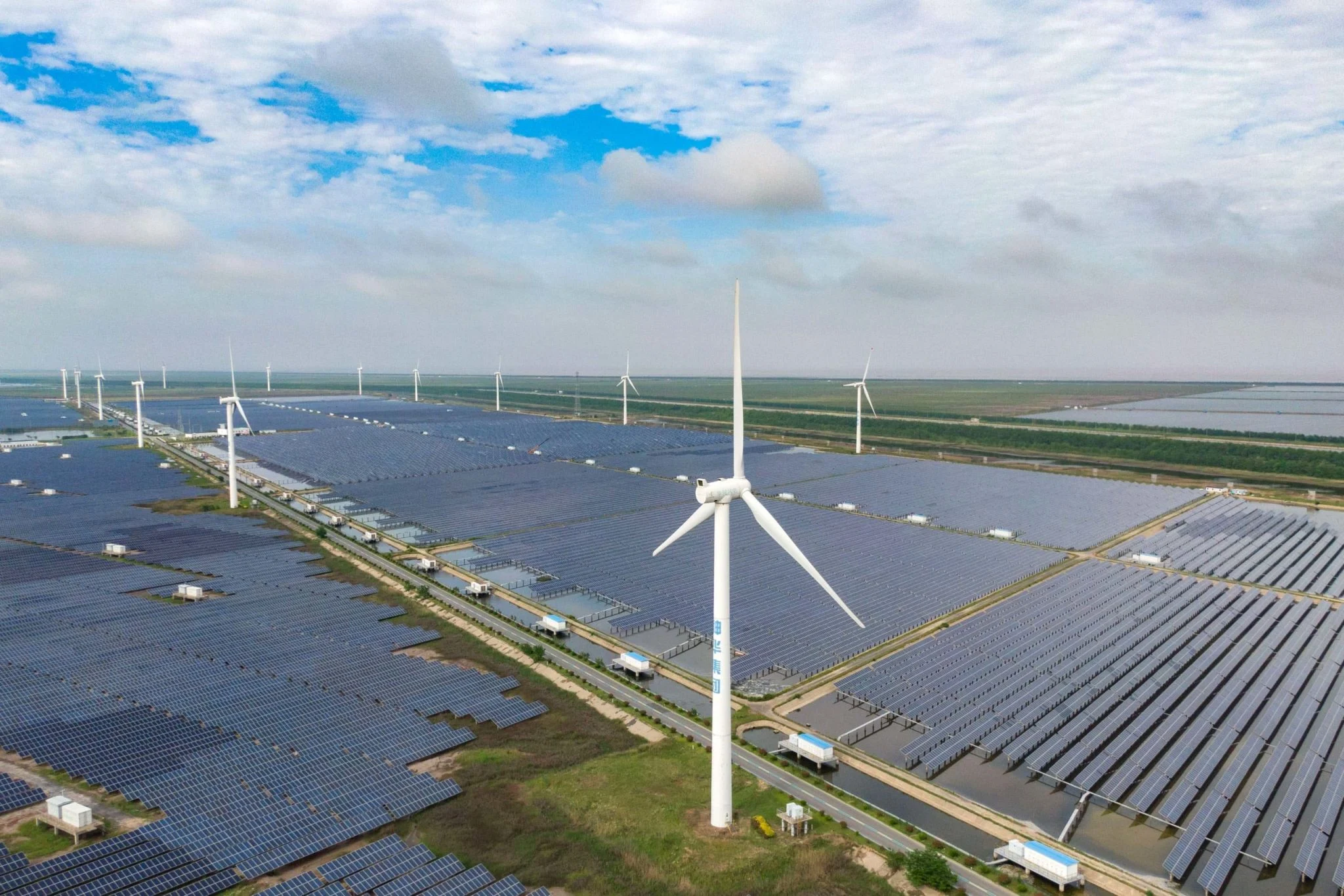Power Grid
CHINA HOSTS TWO-THIRDS OF THE WORLD'S RENEWABLE ENERGY PLANTS UNDER CONSTRUCTION.
Irene Jerry

China is rapidly expanding its renewable energy projects to reduce emissions and meet growing electricity demand. A study revealed that nearly two-thirds of the world's solar and wind power plants are in China, with Beijing building infrastructure to support 339 gigawatts of renewable energy capacity. New policies have been introduced to enhance battery storage and power line construction to manage surplus electricity.
A U.S.-based Global Energy Monitor study highlighted that China's renewable energy growth has significantly reduced coal's share in electricity generation. China's solar and wind power capacity is eight times greater than that of the United States. This development makes the global goal of tripling renewable energy capacity by 2030 achievable, and China is urged to increase its climate pledges.
Challenges remain for integrating renewables into China's coal-fired power grid, requiring accelerated transmission line development. Despite this, renewable power generation has reached record highs, with coal's share in electricity generation falling to 53% in May and non-fossil fuel sources rising to 44%. This trend suggests China's carbon emissions may have peaked last year.
In May, solar power's share in China's electricity generation rose to 12%, wind power to 11%, and hydropower to 15%, contributing to a reduction in carbon dioxide emissions by 3.6%. Rapid deployment of wind and solar power is expected to continue decreasing emissions, potentially making 2023 the peak year for China's emissions. Solar power generation increased by 78% year-on-year in May, while wind and hydropower also saw significant growth, despite a decline in gas and coal-fired electricity generation.
